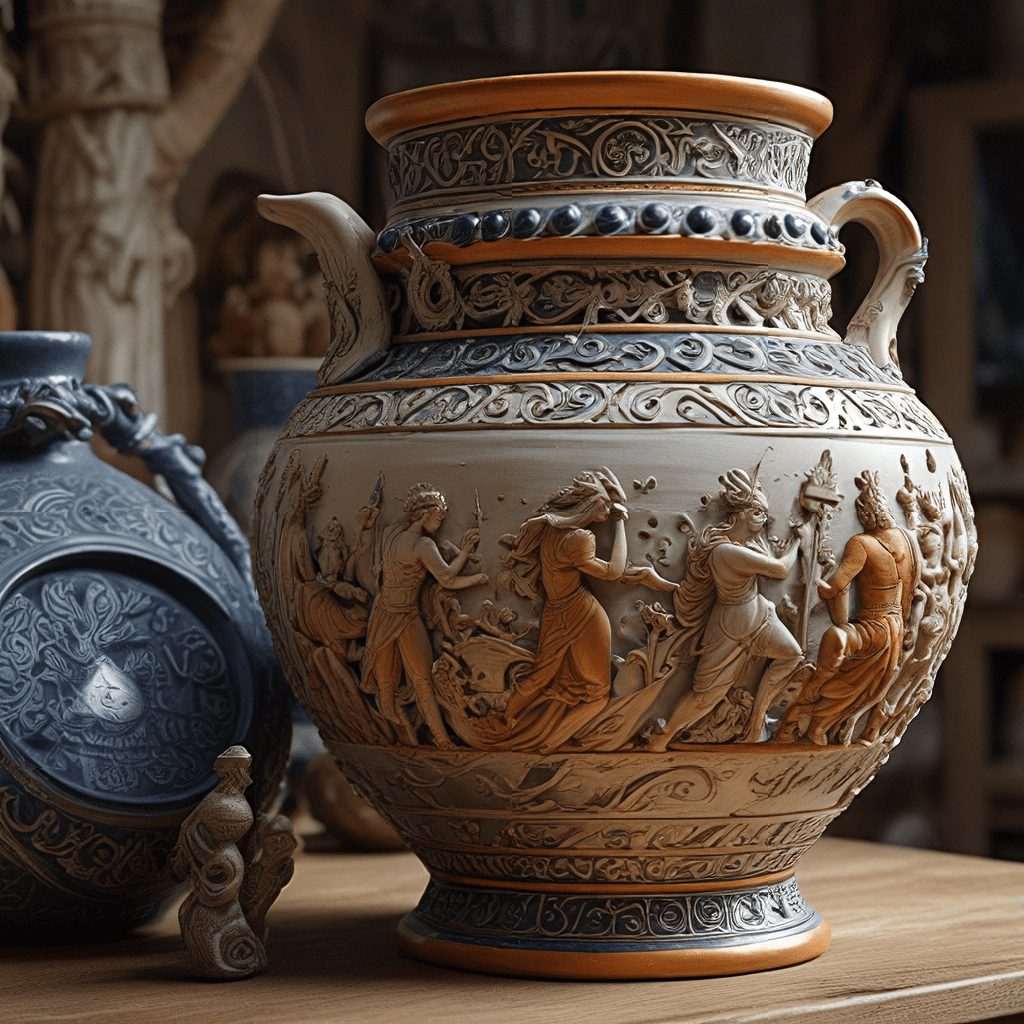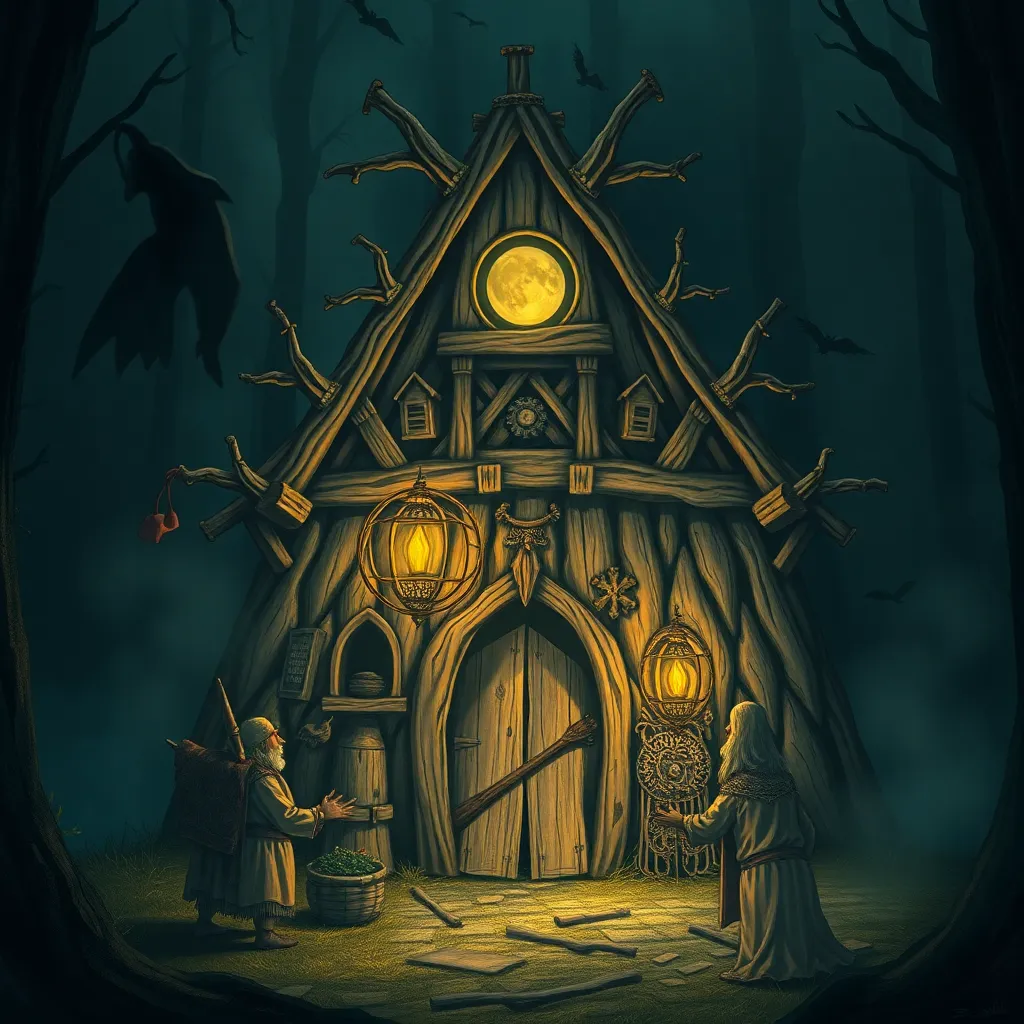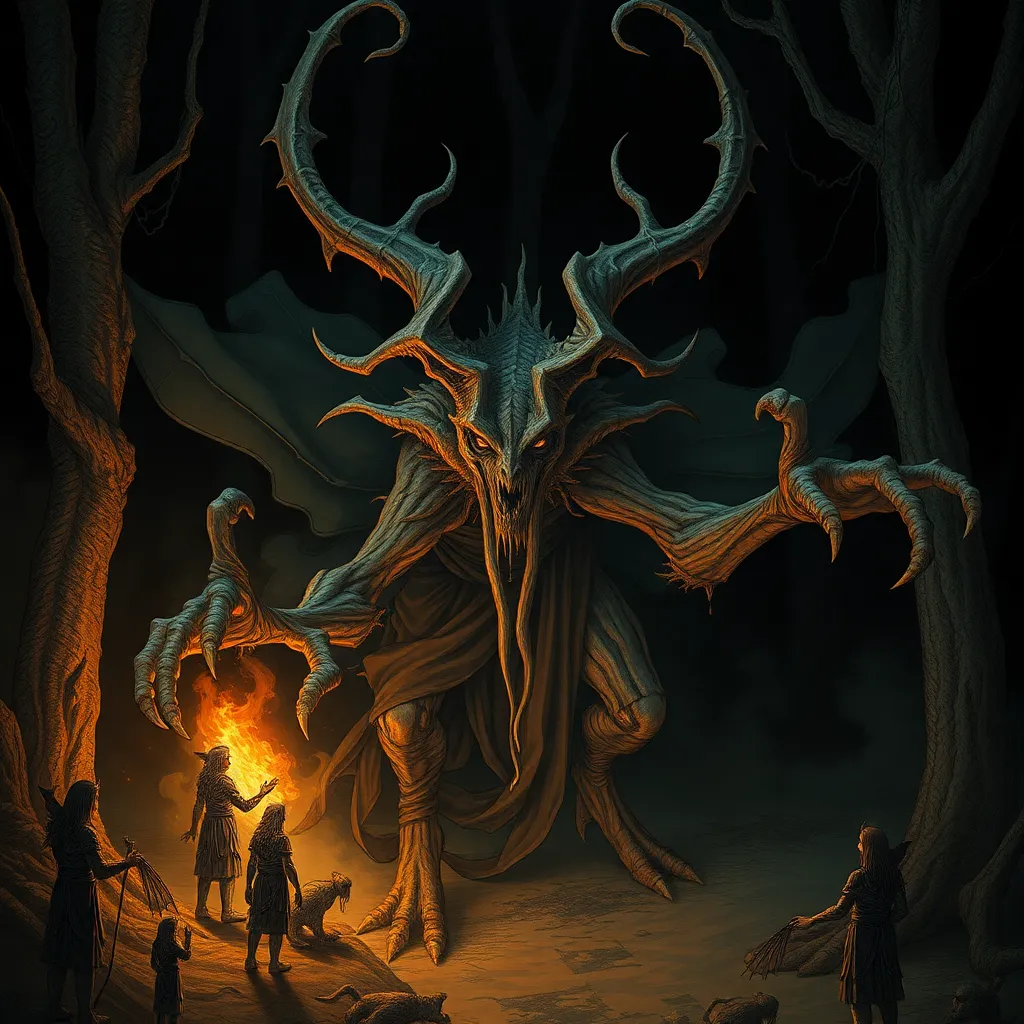Baltic Mythology: A Tapestry of Spirits and Nature
The Baltic region, encompassing countries like Latvia, Lithuania, and Estonia, boasts a rich tapestry of mythology that has deeply influenced its art, culture, and traditions for centuries. Baltic mythology, steeped in the reverence for nature and the belief in a vibrant world of spirits, offers a captivating glimpse into the ancient worldview of these people. This rich tapestry of beliefs, woven through generations, reveals the interconnectedness of humanity with the natural world and its supernatural inhabitants.
The Role of Nature and Spirits in Baltic Belief
Baltic mythology places immense importance on the natural world. Forests, mountains, rivers, and seas are not merely landscapes but are imbued with spiritual significance. They are seen as the dwelling places of various spirits, each with its own unique role and influence. These spirits, both benevolent and malevolent, are believed to interact with humans, shaping their lives and destinies.
The Baltic people, deeply entwined with their surroundings, viewed nature as a source of both wonder and awe. They recognized the power and mystery inherent in the natural world, believing it to be teeming with unseen forces. This respect for nature extended to the belief in a vast pantheon of deities, each associated with a specific aspect of the environment.
For example, the god Perkunas, the thunder god, embodies the power and force of nature. While the goddess Laima, the goddess of fate, embodies the interconnectedness of life, death, and destiny. The belief in these deities and spirits instilled a profound sense of reverence for the natural world, influencing everyday life and shaping the cultural practices of the Baltic people.
Ceramics as a Bridge Between the Mortal and Spiritual Realms
Ceramics, a fundamental part of Baltic culture, played a significant role in bridging the gap between the mortal and spiritual realms. The process of transforming clay, a raw material from the earth, into functional and decorative objects was viewed as a sacred act, imbued with spiritual significance. The creation of pottery was not merely a craft; it was a ritualistic process, connecting the artisans with the earth's energy and the spirits inhabiting it.
The Significance of Clay in Baltic Mythology
Clay, the essential material for pottery, held profound significance in Baltic mythology. It was seen as a symbol of the earth's primal energy, representing the very essence of creation. The connection between clay and the earth's energy was deeply felt, and artists recognized the sacredness of the material they worked with.
The transformation of clay, from a raw material to a finished object, was seen as a metaphor for the cyclical nature of life, death, and rebirth. The act of shaping the clay represented the creation of form and order, while the firing process symbolized the transformation and transcendence of the material.
The Power of Symbols: Motifs and Designs in Baltic Pottery
Baltic pottery is adorned with intricate motifs and designs, each carrying symbolic meanings deeply rooted in their mythology. These symbols, often inspired by nature and the beliefs about spirits, communicate a narrative that transcends the physical form of the ceramic object. The symbolic language of Baltic pottery offers a glimpse into the rich history and beliefs of the region.
Sun, Moon, and Stars: Celestial Influences on Ceramic Decoration
Baltic mythology deeply connects humans with the celestial realm, viewing the sun, moon, and stars as powerful entities influencing life and destiny. These celestial bodies are often depicted in Baltic pottery, symbolizing light, warmth, guidance, and protection.
The sun, often represented as a circle with rays radiating outward, embodies life-giving energy, fertility, and the cycle of seasons. The sun's warmth sustains life, making it a symbol of hope, renewal, and the promise of a bountiful harvest. It's often seen as a protector, dispelling darkness and negativity.
The moon, a symbol of feminine energy and the cycles of nature, is often depicted as a crescent shape or a full circle, representing the ebb and flow of tides, growth, and change. It's also associated with the night, dreams, and the realm of spirits.
Stars, symbolizing guidance and inspiration, are often depicted as dots or intricate star patterns, representing the vastness of the universe and the interconnectedness of all things. They are believed to have a special connection to the gods and spirits, offering protection and leading travelers on their journeys.
The Tree of Life: A Symbol of Growth and Fertility
The Tree of Life, a universal symbol found in various cultures, holds significant meaning in Baltic mythology, representing the interconnectedness of all beings and the cycle of life, death, and rebirth. This powerful symbol is frequently incorporated into Baltic pottery, serving as a reminder of the continuous flow of life and the importance of growth, renewal, and sustainability.
In Baltic mythology, the Tree of Life symbolizes the world tree, often depicted as a mighty oak or birch, reaching towards the heavens while its roots delve into the depths of the earth. Its branches represent the connection between the physical and spiritual realms, symbolizing the unity of all life.
The Tree of Life is also associated with fertility, representing the abundance of nature and the power of creation. It symbolizes the potential for growth, renewal, and the continuation of life. This symbol serves as a reminder of the cyclical nature of life and the importance of honoring the natural world, valuing its bounty, and ensuring its continued flourishing.
Animal Spirits: Representations of Power and Protection
The animal world plays a vital role in Baltic mythology. Animals are believed to possess unique spiritual powers, representing specific qualities, and acting as guides and protectors for humans. These animal spirits are often depicted in Baltic pottery, reflecting the deep respect and reverence for the animal kingdom.
The bear, a symbol of strength, power, and courage, is often depicted in Baltic pottery representing protection and leadership. The wolf, representing loyalty, intelligence, and cunning, is associated with the mysteries of the forest and the power of intuition. The bird, representing freedom, communication, and the spirit world, often symbolizes messages and guidance from the heavens.
These animal spirits are often depicted alongside other mythological symbols, creating a complex tapestry of beliefs and values reflected in Baltic pottery. Each animal representation carries specific meanings and serves as a reminder of the interconnectedness of all living things.
The Serpent: Guardian of the Underworld and Fertility
The serpent, a powerful and enigmatic creature, holds significant meaning in Baltic mythology, representing the duality of life and death, wisdom, and the mysteries of the underworld. The serpent is often depicted in Baltic pottery, symbolizing fertility, healing, and the connection between the physical and spiritual realms.
The serpent is often associated with the earth, its serpentine form reflecting the winding paths and flowing waters of the natural world. It's also linked to the underworld, representing the cycle of life and death, and the transition between worlds.
In Baltic mythology, the serpent is often depicted as a guardian of the underworld, protecting treasures and secrets. However, it also possesses healing powers, representing the potential for renewal and rejuvenation. The serpent symbolizes the power of transformation and the importance of embracing both the light and the dark aspects of existence.
Ceramic Rituals and their Role in Baltic Traditions
Baltic pottery plays a central role in various rituals and traditions, serving as a tangible link between the human world and the spiritual realm. These ceramic rituals, often passed down through generations, embody the beliefs and values ingrained in Baltic culture.
Pottery vessels were used for various rituals, including offerings to the gods and spirits, funerary practices, and celebrations of life events. For example, clay pots were used to store offerings of food and drink for deceased ancestors or to appease spirits who might harm the living.
Ceramic rituals also play a significant role in fertility rites, with pottery often used to represent the earth and its bounty. These rituals, often involving the planting of seeds or the offering of clay figures, aim to ensure a successful harvest and the continuation of life.
Baltic pottery serves as a powerful reminder of the enduring link between the material world and the spiritual realm, reflecting the deep reverence for nature, the belief in spirits, and the importance of honoring traditions.
FAQ:
What are the main beliefs of Baltic mythology?
Baltic mythology emphasizes the reverence for nature, the belief in spirits and deities, and the interconnectedness of humans with the natural world. It features a rich pantheon of deities, each associated with a specific aspect of the environment, with an emphasis on the cycles of life, death, and rebirth.
How does Baltic pottery represent these beliefs?
Baltic pottery incorporates symbols and designs inspired by nature, spirits, and celestial bodies, reflecting the deep connection between the material world and the spiritual realm. The creation of pottery, viewed as a sacred act, involves transforming clay, a raw material from the earth, into functional and decorative objects, bridging the gap between the mortal and spiritual realms.
What are some notable symbols in Baltic pottery?
Notable symbols include the sun, moon, stars, the Tree of Life, animal spirits, and the serpent, each representing specific beliefs and values. They serve as reminders of the interconnectedness of life, the power of nature, and the importance of honoring traditions.
How does Baltic pottery play a role in rituals and traditions?
Baltic pottery is central to various rituals, serving as a link between the human world and the spiritual realm. Pottery vessels are used in offerings to the gods and spirits, funerary practices, and celebrations of life events, reflecting the deep reverence for nature, the belief in spirits, and the importance of honoring traditions.



